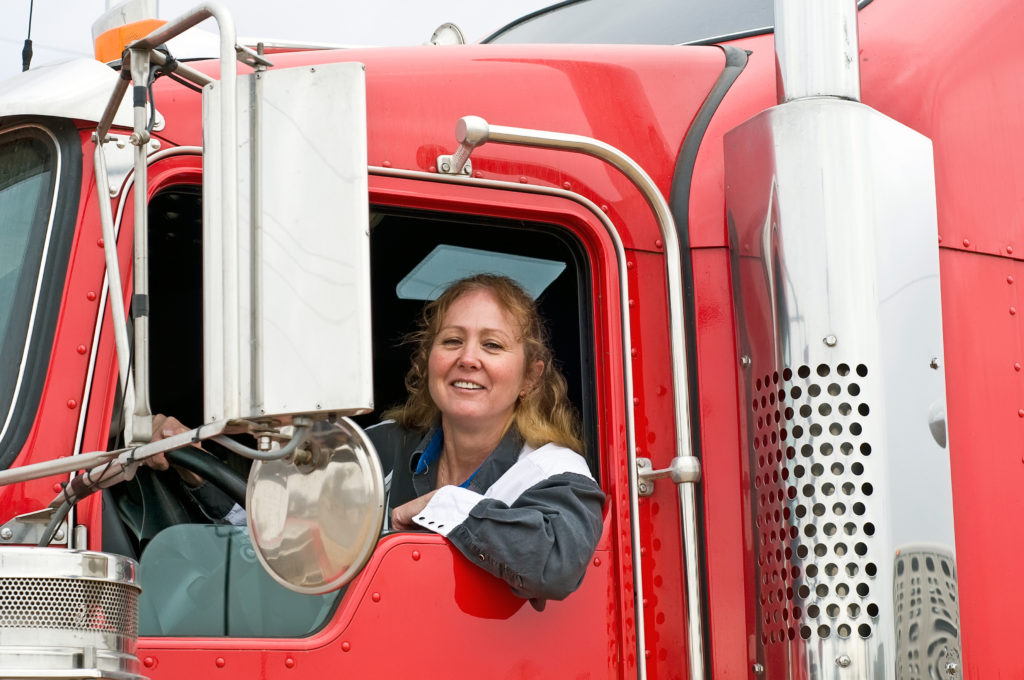Many members of the trucking industry who have gone above and beyond in regards to safe driving, industry improvement efforts, and community aid were recognized by the American Trucking Associations at its recent Management Conference and Exhibition.
One important award was given to John Christner Trucking’s Larry Miles–the Driver of the Year Award. Miles, who has been working as a professional trucker for 57 years, has completed more than 7 million accident-free miles in his career since he began his work transporting telephone poles in 1961.
“Larry is more than deserving of this recognition,” said FedEx Freight driver, Dion Saiz, who presented Larry with his award. “He has dedicated his life to driving safely. He is a hardworking professional who is willing to share his experiences with his fellow drivers.”
J.B. Hunt also hosted an event recently to recognize 116 of its drivers for reaching the million-mile mark without having been involved in any preventable accidents.
“Our Million Mile drivers represent the epitome of who we want all our drivers to be,” said J.B. Hunt’s chief operating officer and president of contract services, Nick Hobbs. “It’s their unwavering commitment to be the very best at what they do that makes this accomplishment so special. We couldn’t do what we do without them.”
At the Million Mile Celebration, J.B. Hunt drivers who were celebrated had reached anywhere between 2- and 5-million miles driven without accidents.
It was also clear at this event that drivers were thrilled to be recognized for their safety efforts, as they got to walk in the company’s Million Mile Walk of Fame and have their names listed on J.B. Hunt’s Million Mile Wall–a wall filled with the names of nearly 4,000 truck drivers who have driven between 1 million and 5 million safe miles.
“We’ve been hosting this ceremony for 20 years, and I believe we’ll be doing it for 20 more,” said John Roberts, CEO of J.B. Hunt. “The atmosphere is electric. There’s so much excitement to celebrate our drivers and their achievements.”
It’s clear that companies like John Christner and J.B. Hunt have made a point to prioritize driver safety and do their part to keep our country’s roadways as safe as possible when their truckers are sharing the roads with us–something especially commendable when American roadways have seen the highest numbers of traffic deaths in 15 years.
“We applaud safe trucking companies and the members of the industry who look at safety culture as a priority,” said Levinson and Stefani’s Ken Levinson. “We’re all for safe drivers and for keeping everybody healthy, safe, and able to use our roadways without injury.”
Levinson noted that because his firm focuses on auto injury cases, folks may think he and his partners denounce all trucking companies, when the goal is just to hold these companies accountable for the role they play in traffic safety.
“We’re not looking to vilify every trucking company, because there are some good ones out there,” he said. “Our mission is to hold the unsafe companies accountable when they violate safety rules, and when those consequences create havoc for our clients. We’re not against truckers, in fact, we represent a lot of hardworking men and women who are commercial drivers, and we understand very well the pressures they’re under, how difficult of a job it is, and all the obstacles they have–and we tip our hats to drivers who are accident-free and look at safety as a high priority.”
In fact, Levinson said it’s in a trucking company’s best interest to take safety concerns to heart, because not only is hiring the safest drivers possible the best thing to do for a company’s community, but it will benefit it highly in regards to the longevity of its services.
“I think in the long run, it would be more profitable for a trucking company if they prioritize safety,” Levinson continued. “Skirting around safety rules and hiring unsafe drivers who have been in multiple crashes in the past might be a good strategy for the short term, but in the long run–and to do the right thing–it’s much better to have a safety culture that regards safety on our roads as a high priority.”





